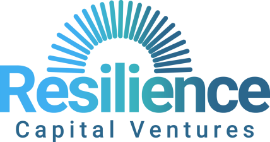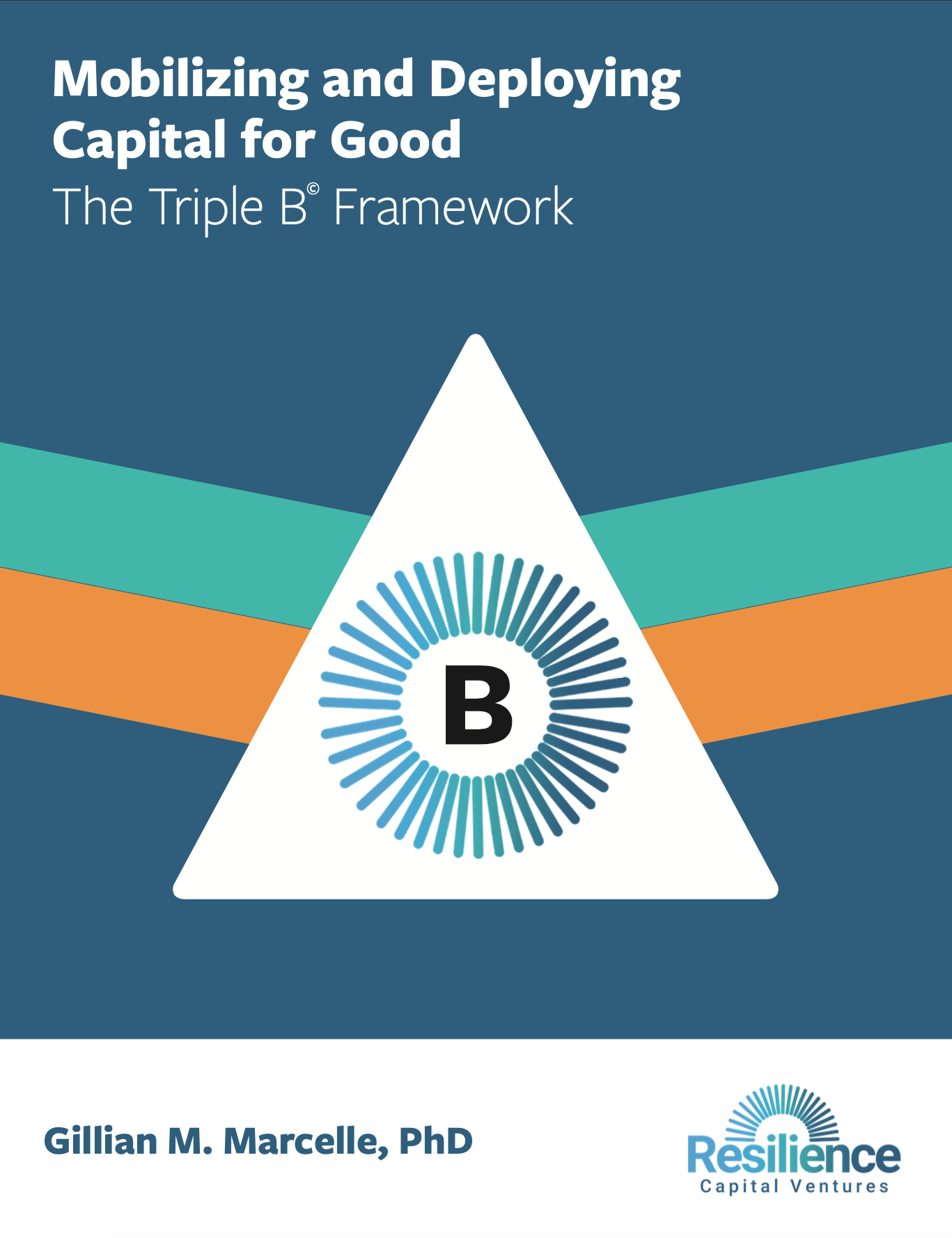
Mobilizing and Deploying Capital for Good
The Triple B Framework
“The Triple B Framework consists of a vision and strategy to tackle multiple crises facing the world by focusing on capital as a lever of change, it seeks to solve for sluggishness in capital growth, as well as, to reduce misallocation decisions.”
The Triple B Framework: A Lever of Change
The Triple B Framework (1) is an approach consisting of three components—bottlenecks, blind spots and blended finance—that seeks to solve for sluggishness in capital growth, as well as, to reduce misallocation decisions. The strategy aims to produce an optimal level of beneficial services from assets, recognizing that these may be held either by individual or collective owners.
The three components of the framework are: bottlenecks, blind spots, and blended finance and draws on Douglas North’s institutional economics that emphasizes the role of structures, processes, cultural rules and norms in behaviour and outcomes (2). At the foundation of this framework is an understanding that context matters, and social structures are racialized and gendered (3).
Bottlenecks are barriers that slowdown or hinder capital mobilization and deployment processes, and are categorized as structural, processual, and cognitive.
Blind spots work similarly to bottlenecks, but specifically arise out of human behaviour and attitudes. Among the most common cognitive blind spots, is “group-think” arising from homogeneity.
Blended Finance, the final component of this framework, is defined as an investment strategy that deploys financial capital in combination with other forms of capital—knowledge, social, cultural, relationship, network, and political—using systematic processes. This definition enriches and expands the current ones in use that focus on blending different types of financial capital.
The Triple B Framework builds on the theoretical work of Marcelle (4) in which she argues for reimagining innovation as a knowledge and learning process rather than a technocentric performance obsessed with novelty. It also draws on many years of capital markets experience and consolidates the lessons learned from investing in technology-intensive sectors such as telecommunication and renewable energy. Knowledge gained as a practitioner is combined with an explicitly feminist intersectional analysis, as well as a development studies lens, which calls for identifying causal factors, intervening actors, pathways and differentiated outcomes. By applying an innovation lens to the investment world, the approach posits that firms in this sector have not expanded their solution space, have truncated processes of innovation and limited problem-solving capability. The framework offers recommendations on how this might be improved and suggests that positive outcomes for the world arise out of actively seeking solutions in as wide a space as possible (5). By including a focus on the behavioural and psychological features of capital markets, we add explanatory power and provide guidance on how to tackle bottlenecks and blind spots.
The dream of a society with well-developed capital markets, extensive physical infrastructure, effective educational institutions, and a healthy social contract based on trust among diverse interest groups is well worth pursuing. A society that has benefitted from investment in basic science and engineering, as well as the cultural norms and values that place an emphasis on enterprise and thriving. This vision is optimistic and energizing, and the proponents are usually full of rhetorical persuasion, but what is concerning is that those optimistic visions do not take into account growing inequality (6) nor do they extend to the entire world. In addition, they often focus on materialistic objectives rather than other aspects of community and societal wellness.
The Sustainable Development Goals represent a shared approach to achieving these positive outcomes around the world and this model is in support of those objectives. The framework contributes to solving the challenge of not achieving the SDGs because of limited finance and misallocation. In this model, we attempt to redress that.
Get The Full Paper
End Notes
1. The Triple B© Framework provides the conceptual guidance for the work of Resilience Capital Ventures in its capital raising and advisory work with PE funds and ventures. It has been applied in the Caribbean to support a client in raising multiple millions of dollars including from non-traditional capital sources, such as credit unions. This will guide our work in regenerative agriculture finance.
2. North, D. C. (1992). Institutions and Economic Theory. The American Economist, 36(1), 3–6.
3. Crenshaw, K. (1989). Demarginalizing the intersection of race and sex: A black feminist critique of antidiscrimination doctrine, feminist theory and antiracist politics. U. Chi. Legal F., 139.
4. Marcelle, G.M. (2017) “Science, technology and innovation policy that is responsive to innovation performers,” Chapters, in: Stefan Kuhlmann & Gonzalo Ordez-Matamoros (ed.), Research Handbook on Innovation Governance for Emerging Economies, chapter 2, pages 59-86, Edward Elgar Publishing.
5. Marcelle, G.M. (2020) Innovation Possibilities in Times of Crisis.
6. Using extensive research, UNDP provides evidence showing that while there has been some progress worldwide in people’s ability to withstand most serious deprivations, there are rising and accelerating levels of inequalities in basic and enhanced capabilities are accelerating. UNDP (2019) Human Development Report 2019, Beyond income, beyond averages, beyond today: Inequalities in Human Development in the 21st Century.

